What is On-Page SEO and Why is it Important?

On-Page SEO, or Internal SEO, is a set of techniques and actions performed within your website to improve its ranking in search engines like Google.
Unlike off-page SEO, which relates to activities outside the site (such as link building), on-page SEO focuses on optimizing website content and structure.
The importance of On-Page SEO lies in its ability to help search engines better understand the topic and quality of your website pages.
By correctly implementing On-Page SEO, you will have a greater chance of appearing in top search results.
On-page SEO allows you to move forward with a strategic structure.
On-page SEO helps you attract more organic traffic and, consequently, increase your sales and revenue.
Given the continuous changes in Google’s algorithms, staying updated and adhering to On-Page SEO principles has become doubly important.
A strong on-page SEO strategy can help you reach your target audience and increase your online visibility.
The most important factors in On-Page SEO include selecting appropriate keywords, producing high-quality and relevant content, optimizing titles and meta descriptions, correctly using HTML tags, improving page loading speed, creating an appropriate internal linking structure, and optimizing images.
By observing these points, you can make your website more appealing to search engines and achieve a better ranking.
#On_Page_SEO acts as the cornerstone of a successful SEO strategy and should not be overlooked.
How much does losing business leads due to an unprofessional website cost you? Solve this problem forever with professional corporate website design by Rasawweb!
✅ Increase credibility and trust of potential customers
✅ Easier attraction of new business leads
⚡ Get free consultation now!
Keyword Research: The Foundation of On-Page SEO
![]()
Keyword research is the process of identifying words and phrases that users enter into search engines to find information, products, or services.
This process is the foundation of On-Page SEO, as it determines which topics your website content should focus on to be visible in search results.
To conduct keyword research, you first need to prepare a list of topics related to your business.
Then, using keyword research tools like Ahrefs and Ubersuggest, find keywords related to these topics.
When selecting keywords, pay attention to search volume (how many times a keyword is searched per month) and competition level (difficulty of ranking for a keyword).
It is usually best to choose a combination of keywords with high search volume and low competition, as well as long-tail keywords.
These long-tail keywords typically have lower search volume, but also less competition, and attract more targeted users to your website.
After selecting keywords, use them naturally and relevantly within your website content.
Overuse of keywords (Keyword Stuffing) can lead to your website being penalized by Google.
The main goal of keyword research is to understand the needs and desires of your target audience and to provide content that addresses these needs.
By conducting regular and updated keyword research, you can stay informed about changes in user search behavior and adjust your On-Page SEO strategy accordingly.
Quality Content: The Beating Heart of On-Page SEO
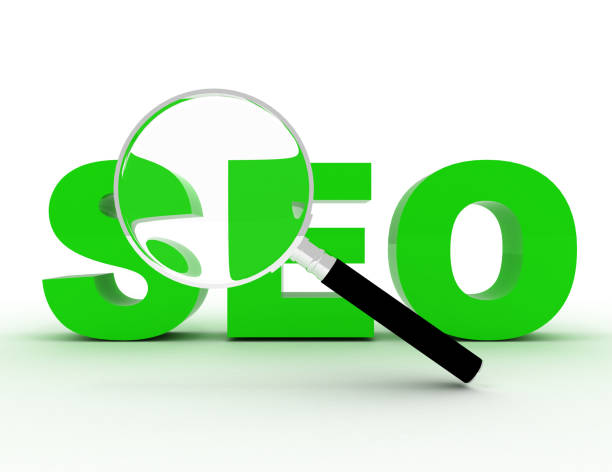
Quality content is content that is valuable, relevant, comprehensive, and engaging for the target audience.
This type of content is the beating heart of On-Page SEO, as search engines aim to provide users with the best and most relevant results.
To produce quality content, you must first know your target audience and understand their needs and desires.
Then, based on keyword research, choose topics that are interesting and useful to your audience.
Your content should provide accurate and up-to-date information and answer users’ questions and ambiguities.
Use images, videos, and infographics to make the content more engaging.
Your content should be well-organized and easy to read.
Use titles, subtitles, paragraphs, and lists to structure the content.
Furthermore, your content should be grammatically and orthographically flawless.
Grammar and spelling mistakes can diminish the credibility of your content.
Additionally, your content must be unique.
Copying content from others can lead to your website being penalized by Google.
Always strive to produce original and creative content.
Regular content updates are also very important.
Over time, information may become outdated, and your content may require review and updating.
By regularly updating content, you signal to search engines that your website is active and up-to-date.
Producing quality content is a long-term investment that can help you attract more organic traffic, increase brand credibility, and improve website rankings in search engines.
By focusing on producing valuable and relevant content, you can significantly improve your website’s On-Page SEO.
| Factor | Description |
|---|---|
| Value | Content should be useful and practical for the target audience. |
| Relevance | Content should be relevant to target keywords and audience needs. |
| Comprehensiveness | Content should fully address the topic and provide sufficient information. |
| Engagement | Content should be presented in a way that is attractive and readable for the audience. |
Optimizing Title and Meta Descriptions: Attracting More Clicks
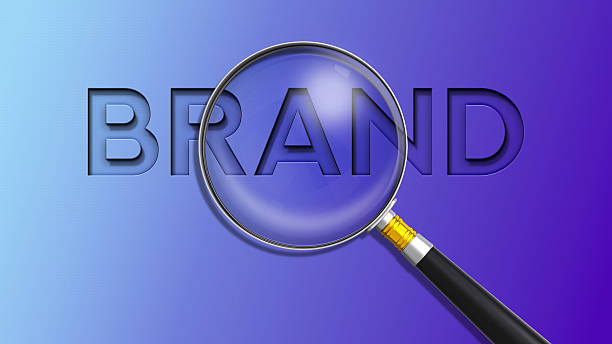
The Title Tag and Meta Description are two important elements in On-Page SEO that are displayed in search results and play a crucial role in attracting user clicks.
The title is the web page title displayed in the browser tab and in search results.
The title should be short, engaging, and relevant to the page’s content.
It is recommended that the title length be between 50 and 60 characters.
The meta description is a summary of the page’s content displayed below the title in search results.
The meta description should briefly and attractively describe the page’s content and encourage users to click.
It is recommended that the meta description length be between 150 and 160 characters.
To optimize titles and meta descriptions, you must first identify your target keywords.
Then, use these keywords naturally and relevantly in the title and meta description.
Titles and meta descriptions should be unique for each page of the website.
Avoid using duplicate titles and meta descriptions, as this can lead to a decrease in your site’s ranking in search engines.
Titles and meta descriptions should be written in a way that is attractive and compelling to users.
Use powerful keywords and phrases that evoke curiosity in users.
Optimizing titles and meta descriptions is a simple and effective method for increasing click-through rate (CTR) and improving site ranking in search engines.
By dedicating a little time and attention, you can optimize your titles and meta descriptions to attract more users to your website.
On-page SEO can attract the audience by using correct meta descriptions.
Does your current corporate website present a worthy image of your brand and attract new customers?
If not, turn this challenge into an opportunity with Rasawweb’s professional corporate website design services.
✅ Significantly improves your brand’s credibility and image.
✅ Paves the way for attracting new leads and customers for you.
⚡ For a free and specialized consultation, contact Rasawweb now!
Optimizing Heading Tags (H1-H6): Structuring Content
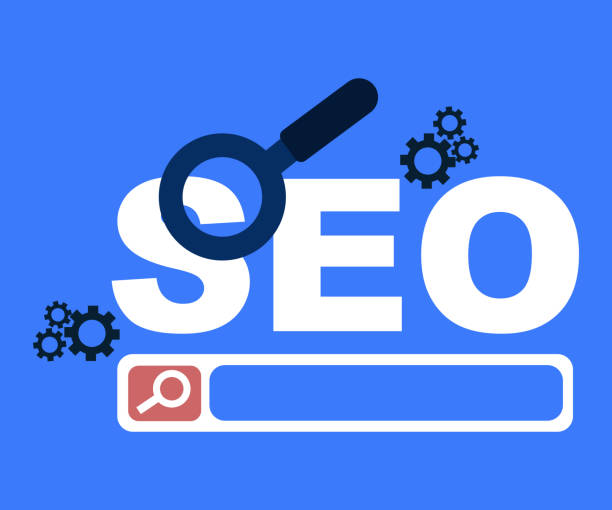
Heading tags (H1-H6) are used to structure content and indicate the importance of different sections of a web page.
The H1 tag is the most important heading tag and should contain the main title of the page.
Each web page should only have one H1 tag.
H2-H6 tags are used for subheadings and sub-sections of content.
Heading tags not only help users better understand the content structure but also assist search engines in identifying the topic and importance of various sections of the page.
To optimize heading tags, you must first identify your target keywords.
Then, use these keywords naturally and relevantly within the heading tags.
The H1 tag should include the main keyword of the page.
H2-H6 tags should include keywords related to the subheadings and sub-sections of content.
Heading tags should be used logically and hierarchically.
Use the H1 tag for the main title, H2 for main subheadings, H3 for secondary subheadings, and so on.
Heading tags should be written in a way that is attractive and readable for users.
Avoid using long and complex sentences in heading tags.
Optimizing heading tags is a simple and effective method for improving content structure and increasing site ranking in search engines.
By correctly using heading tags, you can help search engines better understand your page’s content and achieve a better ranking.
On-page SEO can increase site ranking by using optimized tags.
Optimizing Images: Boosting Speed and SEO
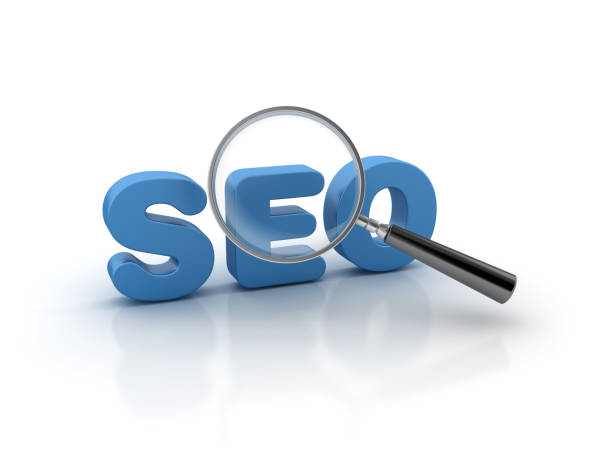
Images play a crucial role in website attractiveness and user-friendliness, but if not properly optimized, they can lead to slower page loading speeds and negatively impact On-Page SEO.
Image optimization includes reducing image file size, using the appropriate format, adding Alt Text, and choosing suitable file names.
Reducing image file size increases page loading speed.
Use image compression tools like TinyPNG and ImageOptim to reduce image size without compromising quality.
JPEG format is suitable for images with many colors (like photos), and PNG format is suitable for images with fewer colors (like logos and icons).
Alt Text is text that is displayed instead of an image if the image cannot be shown.
Alt Text should briefly and accurately describe the image content and include relevant keywords.
The image file name should also be relevant to the image content and include keywords.
Avoid using generic file names like image1.jpg.
Optimizing images is a simple and effective method for increasing page loading speed and improving On-Page SEO.
By optimizing images, you can improve user experience and increase your site’s ranking in search engines.
Page loading speed is one of the important factors in site ranking by Google.
Websites with high loading speed achieve a better ranking in search results.
Image optimization can significantly increase page loading speed.
Internal Linking: Strengthening Site Structure

Internal linking refers to the process of creating links between different pages of a website.
Internal linking plays an important role in improving site structure, increasing internal traffic, and enhancing On-Page SEO.
Internal links help search engines better understand the site’s structure and identify more important pages.
Internal links also help users navigate the site easily and access related pages.
For effective internal linking, you must first identify the important pages of your site.
Then, link to these pages within the content of other pages.
Links should be relevant to the content of the page from which they are linked.
Use appropriate anchor text for the links.
Anchor text is the text on which the link is placed.
Anchor text should briefly and accurately describe the content of the page it links to and include relevant keywords.
Avoid creating excessive links on a single page.
Too many links can reduce page authority and confuse users.
Internal linking is an effective method for improving site structure and increasing internal traffic.
With proper internal linking, you can help search engines better understand your site and help users navigate the site easily.
On-page SEO creates a suitable environment for internal linking.
Internal linking significantly optimizes the site for Google crawlers.
| Link Type | Purpose | Implementation Method |
|---|---|---|
| Navigation Links | Guiding users to main sections of the site | Placing in menu or footer |
| Contextual Links | Providing more information on related topics | Placing within the main body of the page |
| Footer Links | Access to important pages like Contact Us and About Us | Placing in the site footer section |
Improving Page Loading Speed: Better User Experience

Page loading speed is an important factor in user experience and On-Page SEO.
Users expect web pages to load quickly; otherwise, they may leave the site and visit another.
Slow page loading speed can lead to a decrease in conversion rates, reduced traffic, and lower site rankings in search engines.
You can use various methods to improve page loading speed.
Reducing file sizes, optimizing images, using Content Delivery Networks (CDNs), enabling Gzip compression, and utilizing caching are among these methods.
Reducing file sizes includes compressing HTML, CSS, and JavaScript files.
Image optimization includes reducing image file size, using appropriate formats, and using responsive images.
Content Delivery Networks (CDNs) are servers located in various parts of the world that deliver your site’s content from the server closest to the user.
Enabling Gzip compression reduces the size of files sent from the server to the user’s browser.
Using caching stores site files in the user’s browser, and on subsequent visits, these files are loaded from the cache, eliminating the need for re-downloading from the server.
By improving page loading speed, you can enhance user experience and increase your site’s ranking in search engines.
On-page SEO is built upon user experience.
Did you know that 94% of users’ first impressions of a business are related to its website design? With professional corporate website design by **Rasawweb**, turn this first impression into an opportunity for growth.
✅ Attracting more customers and increasing sales
✅ Building credibility and trust in the eyes of the audience⚡ Get a free website design consultation!
Website Responsiveness: Optimized for Mobile

Website responsiveness means the compatibility of a website with various devices (such as computers, tablets, and mobile phones).
Given the increasing use of mobile phones for internet searches, website responsiveness has become doubly important.
Google prioritizes responsive websites and displays them in higher positions in search results.
A non-responsive website can lead to reduced traffic, decreased conversion rates, and lower site rankings in search engines.
To make your site responsive, you can use CSS frameworks like Bootstrap and Foundation.
These frameworks provide you with a set of tools and ready-made codes that help you easily design a responsive website.
Additionally, you can use a Mobile-First approach.
In this approach, the mobile version of the website is designed first, and then the desktop version is designed based on it.
This approach ensures that your website is optimized for mobile by default.
Testing website responsiveness is also very important.
After designing the website, test it on various devices and with different screen sizes to ensure it displays correctly.
Website responsiveness is a crucial factor in On-Page SEO and user experience.
By making your site responsive, you can provide mobile users with an optimal user experience and increase your site’s ranking in search engines.
Google’s algorithms value website speed on mobile.
Using Schema Markup: Better Content Understanding by Google
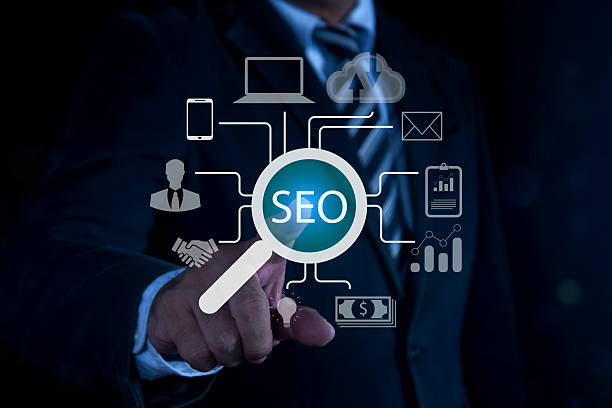
Schema Markup is a markup code that helps search engines better understand the content of your website pages.
By using Schema Markup, you can provide additional information about your content (such as content type, author, publication date, etc.) to search engines.
This additional information helps search engines display richer search results (Rich Snippets).
Rich search results include additional information like ratings, reviews, prices, etc., and can increase click-through rate (CTR).
To use Schema Markup, you need to add the relevant code to the HTML of your website pages.
Schema.org is a website that provides a collection of Schema Markup codes.
There are various types of Schema Markup that you can use for different types of content (such as articles, products, events, etc.).
Testing Schema Markup is also very important.
After adding Schema Markup code to your website pages, test it using Google’s Rich Results Test tool to ensure it has been implemented correctly.
Using Schema Markup is an effective method for improving search engines’ understanding of your website content and increasing click-through rates.
By using Schema Markup, you can help search engines provide more relevant and attractive search results to users and increase your site’s ranking in search engines.
On-page SEO can have better outcomes using this method.
Frequently Asked Questions
| Question | Answer |
|---|---|
| What is Meta Title and why is it important in On-Page SEO? | The meta title is the most important on-page SEO element displayed at the top of the browser tab and in search results. This title helps search engines and users understand the main topic of the page and should include the primary keyword. |
| What role does Meta Description play in On-Page SEO? | The meta description is a short summary of the page’s content displayed below the title in search results. Although it does not directly affect ranking, its attractiveness can increase the click-through rate (CTR). |
| How should keywords be used in page content? | Keywords should be used naturally and relevantly in strategic locations such as the title, headings, first paragraph, and body text. Avoid excessive keyword stuffing. |
| What is the importance of high-quality and comprehensive content in On-Page SEO? | High-quality, unique, informative, and comprehensive content that addresses user needs is of great importance. Search engines give higher rankings to content that provides real value. |
| What is the use of Heading tags (H1-H6) in On-Page SEO structure? | Heading tags (H1, H2, H3, etc.) are used to structure content and indicate the importance of different sections. H1 is the main title of the page, and each page should only have one H1. Other tags are used for subheadings. |
| How do we optimize images to improve On-Page SEO? | To optimize images, use descriptive Alt Text that includes relevant keywords, reduce the image file size without sacrificing quality, and use meaningful and relevant file names. |
| What characteristics does a friendly URL have for On-Page SEO? | A friendly URL should be short, readable, descriptive, include main keywords, and be free of extra characters. The URL structure should be hierarchical and logical to be understandable for both users and search engines. |
| How does Internal Linking help On-Page SEO? | Internal linking, by connecting related pages, helps users and search engine crawlers better understand the site structure, transfers page authority, and increases user dwell time on the site. |
| What is the impact of page loading speed on On-Page SEO? | High loading speed is crucial for both user experience and SEO ranking. Slower pages may be overlooked by search engines and lead to an increased bounce rate. |
| Why is Mobile-Friendliness highly important in On-Page SEO? | Given the increasing number of searches via mobile devices, having a responsive and mobile-friendly site is essential for user experience and ranking in search results (Google’s mobile-first indexing). |
And other advertising services from Rasaweb Advertising Agency in the field of advertising:
Smart Website Development: Professional optimization for campaign management using SEO-driven content strategy.
Smart Google Ads: Professional optimization for campaign management using real data.
Smart Digital Advertising: A blend of creativity and technology to attract customers through marketing automation.
Smart Content Strategy: Designed for businesses looking to manage campaigns through attractive UI design.
Smart Link Building: A professional solution to increase website traffic with a focus on customizing user experience.
And over hundreds of other services in internet advertising, advertising consultation, and organizational solutions.
Internet Advertising | Advertising Strategy | Advertorials
Resources
Iran SEO Articles
Rastinweb SEO Articles
MihanWP SEO Tutorial
Webram SEO Articles
By Rasawweb Afarin, experts in secure website design and modern digital marketing strategies, achieve your business goals precisely.
📍 Tehran, Mirdamad Street, next to Bank Markazi, Kazerun Jonubi Alley, Ramin Alley, No. 6



